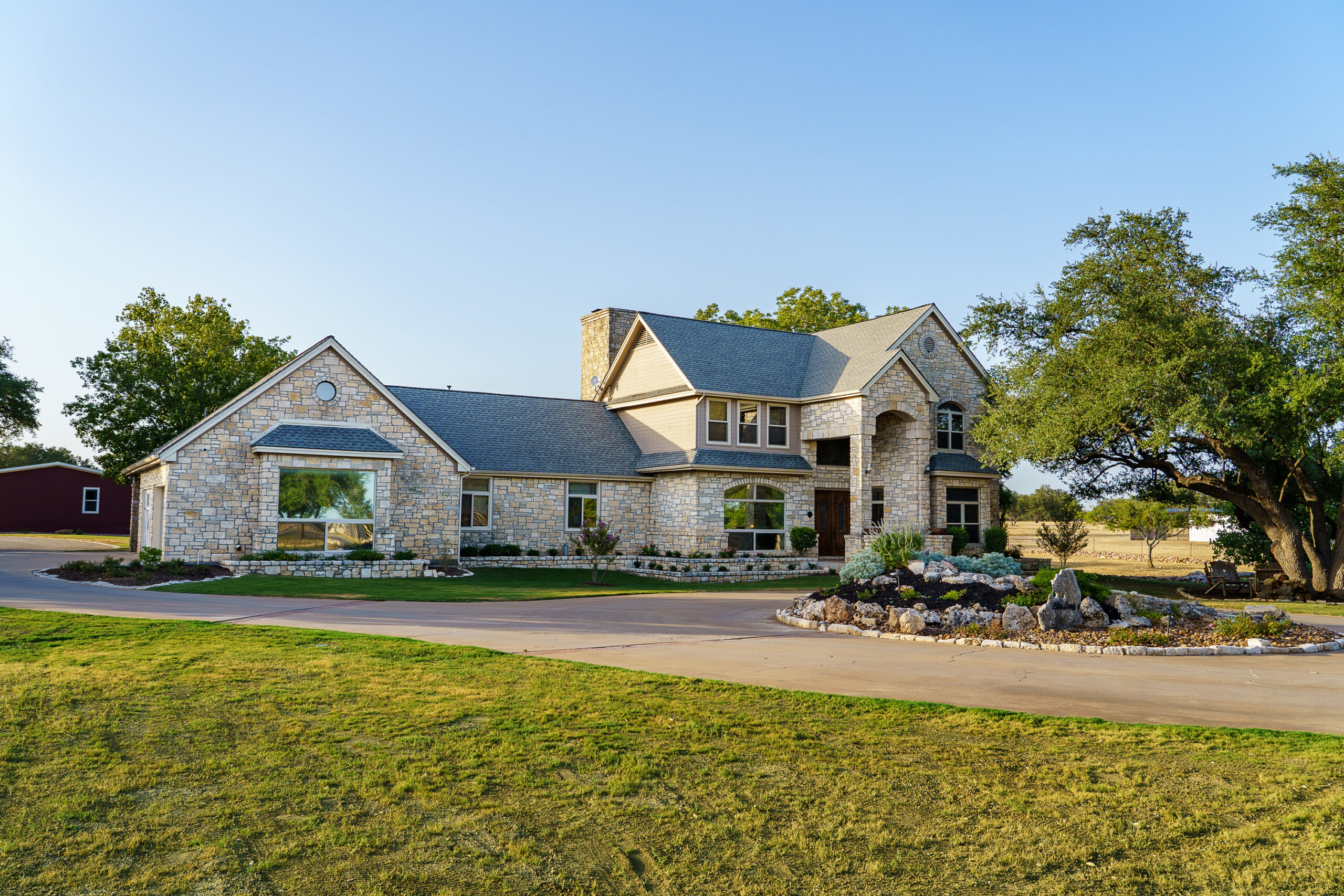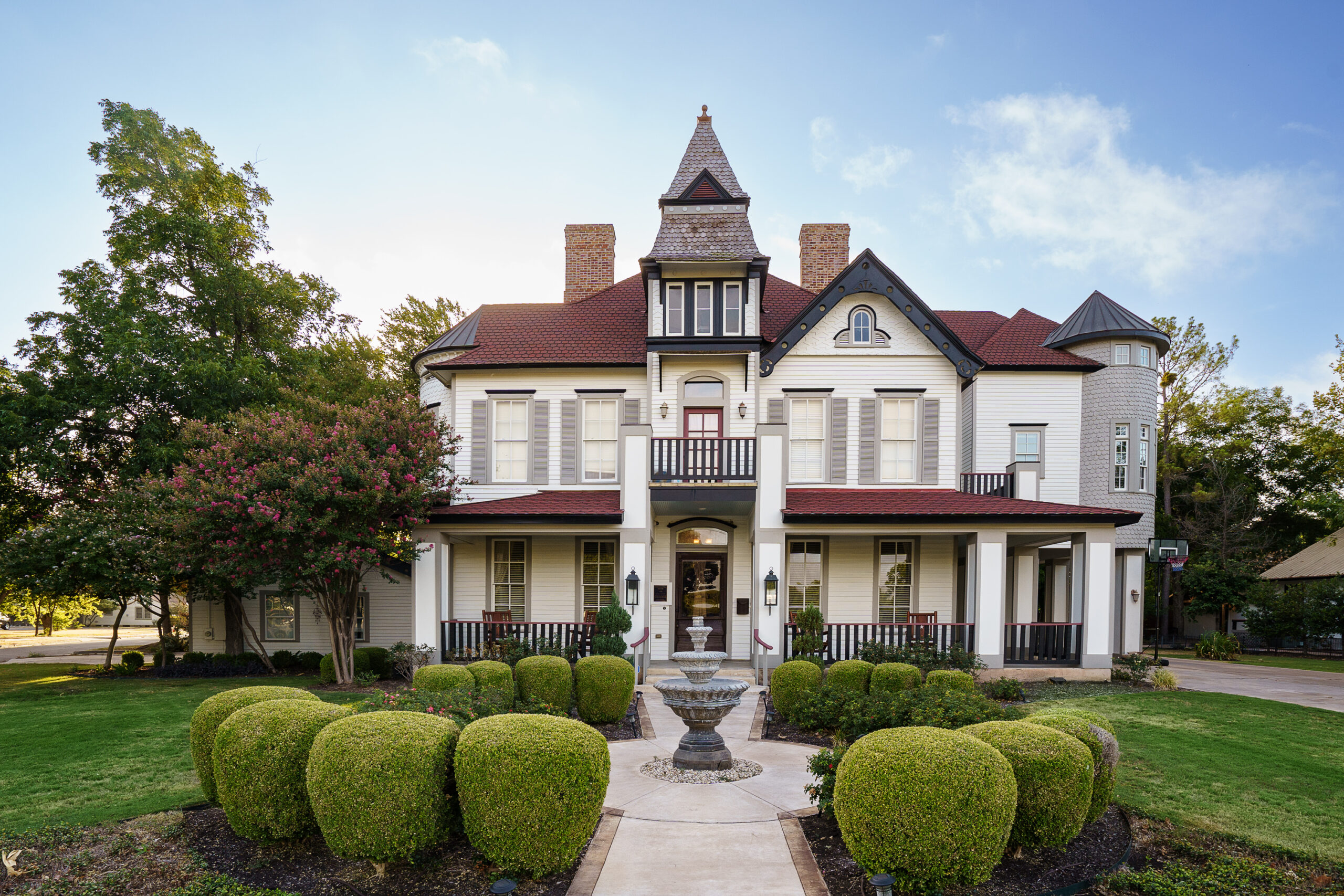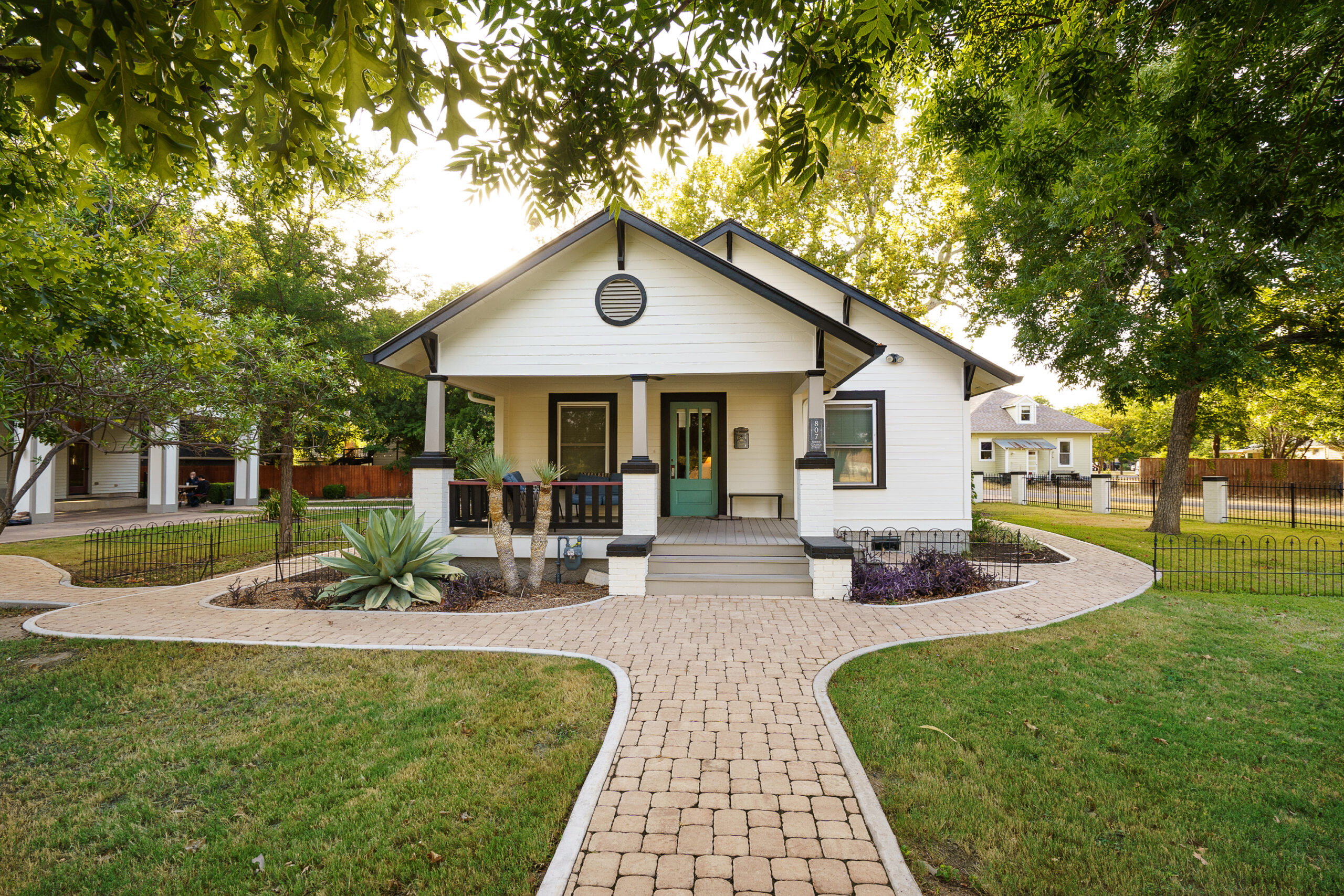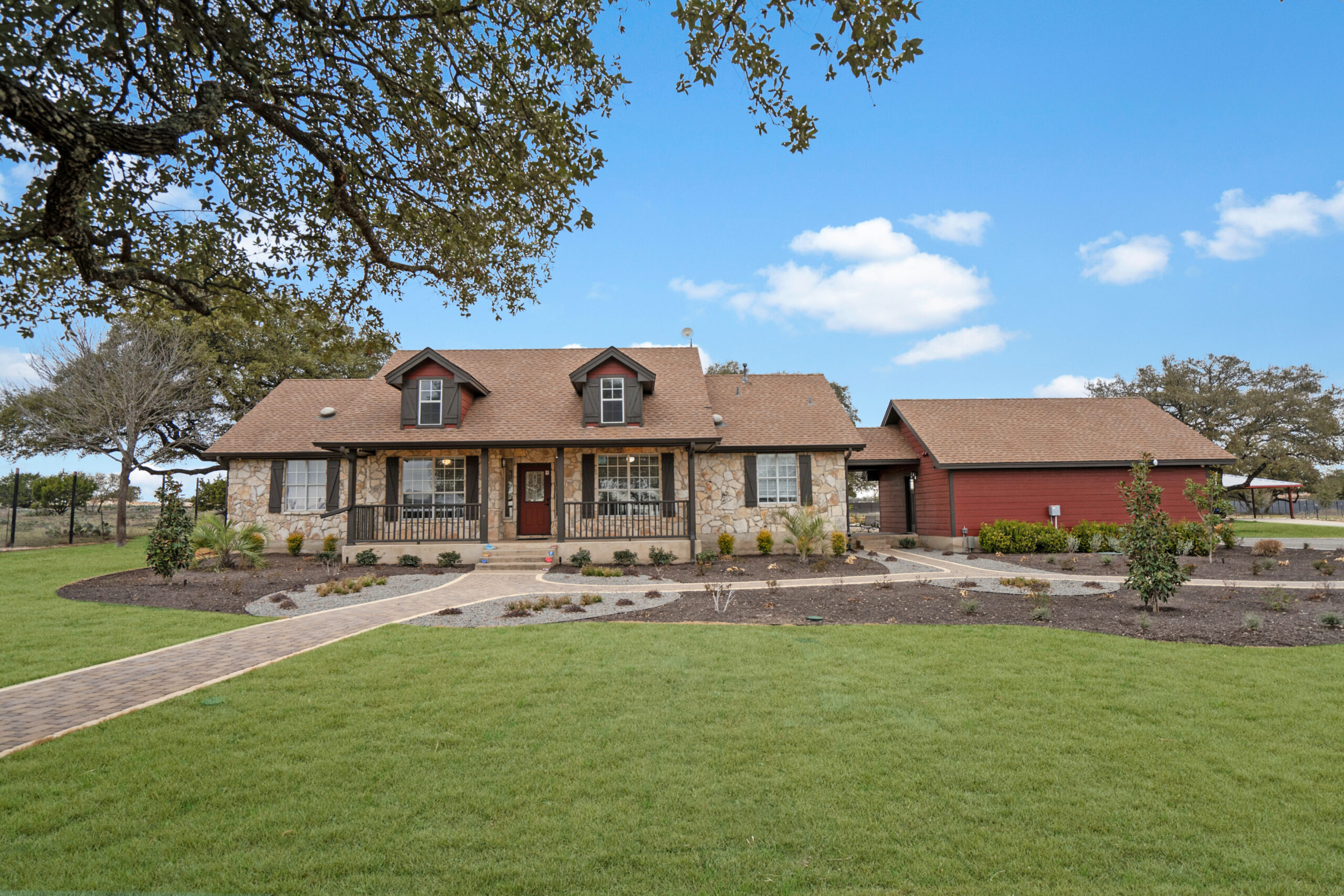
Benefits of Bipolar Disorder Inpatient Treatment
The journey towards healing and wellness for those grappling with bipolar disorder is often fraught with challenges and uncertainties. One beacon of hope for many individuals is the option of bipolar disorder inpatient treatment, a structured environment where comprehensive care and support foster emotional and psychological stability. This environment is crucial for addressing the condition at its roots, focusing on the whole person rather than just the symptoms.
Organizations like Alta Loma in Georgetown, Texas, exemplify the dedication to offering long-term mental health treatment programs for those affected by bipolar disorder and other severe mental illnesses. Their approach underscores the importance of personalized care and support to ensure the highest likelihood of long-term health and sobriety for its clients.
What Does Inpatient Treatment Involve?
Inpatient treatment for bipolar disorder usually entails a multi-faceted approach designed to address the intricate needs of individuals with this condition. Let’s delve into the core components of such treatment options, emphasizing personalized care and a nurturing environment.
Comprehensive Diagnostics and Personalized Care Plans
Each resident’s journey begins with thorough diagnostics to establish a comprehensive understanding of their specific needs. Following this, a personalized care plan is curated, embodying a holistic approach to treatment incorporating cognitive behavioral therapy, medication management, and nutritional planning among other modalities.
A Therapeutic Environment
Facilities are designed to cultivate a serene and therapeutic atmosphere, supporting residents in their path to wellness. From the architectural layout to the daily schedule, everything is orchestrated to provide stability and foster growth. Alta Loma’s facilities, for instance, are nestled in a peaceful locale, offering residents a tranquil space conducive to recovery.
The Role of Medication and Therapy
Medication management is a cornerstone of bipolar disorder inpatient treatment, used in tandem with various forms of therapy to stabilize mood and address symptoms. Cognitive Behavioral Therapy (CBT) and other therapeutic modalities play a significant role in teaching residents coping mechanisms and strategies to manage their condition effectively.
However, the true essence of inpatient treatment transcends medication and therapy; it’s the integration of these methods with recreational activities, community integration, and individualized attention that epitomizes a holistic approach to recovery.
Navigating the Challenges
One cannot overlook the myriad of challenges faced by individuals undergoing bipolar disorder inpatient treatment. The transition into an inpatient setting can be daunting, marked by fears of isolation or the stigmatization of mental illness. Yet, the structured support system and the sense of community within inpatient facilities often become the silver lining for many residents.
Through sharing experiences and progress, individuals find solace in the collective journey towards wellness. The supportive living environment encourages residents to engage in life skills training, enhancing their ability to integrate successfully into society post-treatment.
Treatment Outcomes and Long-Term Recovery
The efficacy of bipolar disorder inpatient treatment is evidenced in the transformation witnessed in residents. Through dedicated care and structured programs, many are able to reclaim control over their lives, achieving a level of stability and wellness previously thought unattainable.
Success Stories
Anecdotal evidence and personal stories of recovery illuminate the profound impact of comprehensive inpatient treatment. Former residents often speak to the life-changing support and care received, attributing their newfound stability and wellness to the treatment and support provided by facilities like Alta Loma.
The Path Forward
Maintaining long-term health and sobriety post-treatment necessitates ongoing support and management strategies. Facilities often offer aftercare programs and alumni networks to provide continued support, ensuring that the transition back into everyday life is both smooth and sustainable.
Choosing the Right Facility
Selecting the right inpatient treatment facility is a pivotal step in the journey towards recovery. Factors such as the therapeutic environment, treatment modalities offered, and the facility’s commitment to personalized care should weigh heavily in this decision.
- Research and compare facilities to understand the scope of their programs and services.
- Consider the location and setting of the facility, as a tranquil environment can significantly enhance the recovery experience.
- Seek out facilities with a proven track record of success in treating bipolar disorder and other co-occurring conditions.

When should a bipolar person be hospitalized?
Hospitalization for bipolar disorder may become necessary when an individual poses a risk to themselves or others, experiences a severe episode of mania or depression that cannot be safely managed in a less restrictive environment, or when there’s a significant deterioration in their mental health that requires intensive support and monitoring. The decision to hospitalize is often challenging, not just for the individual but for their families too. It’s a step taken to ensure the safety and stability of the patient, allows for comprehensive assessment, and provides an opportunity to adjust or initiate treatment in a controlled setting. Picture this scenario: A person with bipolar disorder experiencing severe mania might have impaired judgment and engage in risky behaviors. Hospitalization can prevent harm and offer a safe space to stabilize their mood.
What is the most effective treatment for bipolar disorder?
The most effective treatment for bipolar disorder typically combines medication management with psychotherapy. Medications such as mood stabilizers, antipsychotics, and sometimes antidepressants are crucial for stabilizing mood swings and preventing the extreme highs and lows of the disorder. However, medication alone is often not enough. Psychotherapy approaches like Cognitive Behavioral Therapy (CBT) provide individuals with strategies to manage symptoms, cope with stress, and improve their relationships. At Alta Loma, we’ve seen remarkable transformations when residents receive a personalized treatment plan that addresses their unique needs, preferences, and life circumstances. It’s not just about the treatment, but how it’s applied in a supportive, understanding environment.
How long do people stay in the psych ward for bipolar?
The length of stay in a psychiatric ward for bipolar disorder can vary greatly depending on the severity of the episode and the individual’s response to treatment. On average, a stay might last from a few days to a few weeks. It’s all about ensuring that the person reaches a level of stability that is safe for them to continue treatment in a less intensive setting. From our experience at Alta Loma, the goal is to provide immediate stabilization and begin the process of long-term recovery planning. We believe in creating a seamless transition from acute care to ongoing support, recognizing that recovery is a journey, not just a destination.
What is the best hospital to treat bipolar disorder?
Identifying the “best” hospital for treating bipolar disorder depends on several factors, including the specific needs and circumstances of the individual. Ideally, a top-notch facility should offer a comprehensive, multi-disciplinary approach to treatment, including access to a team of experienced mental health professionals, personalized care plans, and a supportive environment. Facilities that prioritize patient-centered care, such as Alta Loma in Georgetown, Texas, stand out due to their dedication to addressing both the immediate and long-term needs of their residents. When choosing a facility, consider factors like the range of services provided, the facility’s philosophy of care, and the type of support available for transitioning back into community living.
Are there alternative treatments for bipolar disorder that can complement traditional medicine?
Yes, there are several alternative treatments that can complement traditional medicine in managing bipolar disorder. Lifestyle adjustments, such as regular exercise, a healthy diet, and adequate sleep, play a significant role in stabilizing mood swings. Stress-reduction techniques like mindfulness, yoga, and meditation can also be beneficial. Moreover, some individuals find supplements, under the guidance of a healthcare provider, to be helpful. At Alta Loma, we incorporate a holistic approach to care, believing that integrating these alternative treatments with conventional methods can enhance overall well-being and support sustained recovery.
How can families support a loved one during their inpatient treatment for bipolar disorder?
Families can play a pivotal role in the treatment and recovery process for a loved one with bipolar disorder. Education is crucial; understanding the condition helps in recognizing the complexities of the disorder. Providing emotional support, being patient, and maintaining a non-judgmental approach are key. Families should also engage with the treatment team, participate in family therapy if available, and support the treatment plan. At Alta Loma, we encourage family involvement, believing it strengthens the support network for our residents and aids in their recovery journey.
What challenges might one face post-discharge and how to address them?
Post-discharge, individuals might face challenges such as adjusting to daily life, managing medication side effects, and dealing with social stigma. Reintegration can be overwhelming. It’s crucial to have a solid aftercare plan, which includes ongoing therapy, support groups, and possibly a transitional living environment. Establishing a routine, continuing to learn about bipolar disorder, and maintaining open communication with healthcare providers are vital steps. At Alta Loma, we emphasize the importance of aftercare planning and provide resources to ensure our residents have the support and guidance they need to navigate post-discharge challenges successfully.






